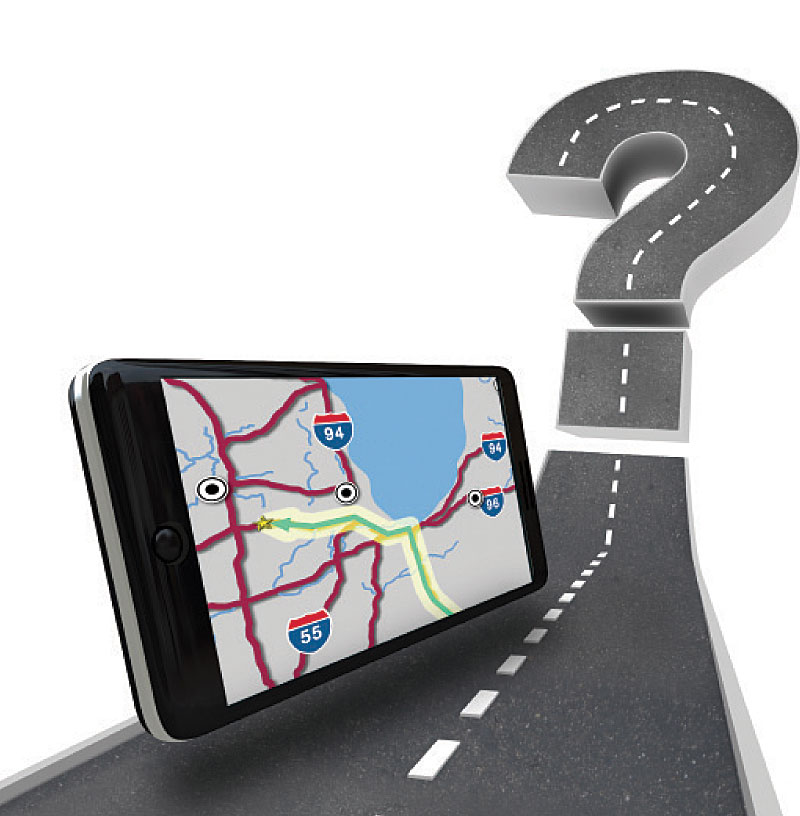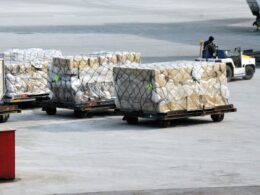Executives want to know that their organisation isn’t wasting time or money. For logistics organisations, that means lorries should only be doing what is necessary to support the business, and nothing else, to ensure that time and money are invested only in value added activities.A good first step is to look at how routing is currently being done.
Taking a Good, Hard Look in the Mirror
Just because routes have been planned and run the same way for years doesn’t mean there isn’t room for improvement. Even a fleet as small as five lorries delivering 10 stops each faces millions of possible permutations of the best plan for execution.
Many companies have had the same drivers driving the same routes for years without ever factoring in variables such as traffic, time of day, delivery time windows, fuel prices, and more. In some cases, a specific route may have been mapped correctly – but by and large existing routes have been created based on driver input or at most, one or two of the variables above, and could be improved.
Making very small changes to routes, even updating them by a few miles each day to be more direct, will make an enormous impact on an organisation when the combined effect from each of its drivers is examined. Consider the example of a home health clinic where each of its 300 nurses are driving 4 to 5 miles out of their way each day because they are not taking the most direct route possible. This represents 1,200 miles of wasted driving in a single day, or nearly a half million miles in a year (438,000). Suddenly, these 4 or 5 miles per driver per day are costing the organisation more than £160,000 each year.
Having a good plan is the first step to executing on a good plan.
The Direct and Indirect Benefits of Optimisation
As the cost of everything – from fuel prices to labour – increases, companies need to locate savings opportunities that are easy to implement and can be consistent and sustainable. Ultimately, planning and optimising routes better is a way to improve the bottom line.
In terms of the factors for which companies need to take into account in charting a route optimisation approach, the main ones are ‘cost’ or ‘time’ but, quite honestly, this changes depending on the company and customers involved. If we take the example of the home health aid/nursing service again, when planning out their routes, the most important factor would be time. They need to be there as planned for their scheduled appointments. Other people plan around scheduled appointments, and if the nurses kept missing appointments or were late, the company would lose customers.
Another example where time would be most important comes from the food logistics industry. Deliveries of fresh produce and meat need to be made in certain windows for a several reasons: so the food remains fresh, to ensure that there is room at the restaurant or grocer for the food to be unloaded and to meet the timing required for restaurants and catering operation. Too early and there’s no room; too late and the food will have gone bad or missed the scheduled pre-customer prep/shelving.
Aside from the direct benefits of route optimisation, there is also an important indirect benefit: improved customer service. By gaining visibility into the supply chain and using technology to improve it, delivery times are increasingly predictable, improving the customer experience. No longer do things arrive too early or too late – items are delivered exactly when they should be.
Conclusion
When strategically deployed, the use of route planning and optimisation technology can be a game-changer. Organisations that do not leverage the latest route optimisation and planning technologies will miss the opportunities to improve operational efficiencies, reduce costs, and scale to the changing needs of their customers and industry.
Pol Sweeney, CTO and Managing Director Europe, Airclic.
www.airclic.com













